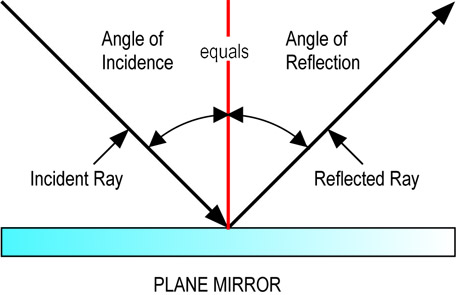After that we took notes on the Applications of Reflection.
Diffuse reflection: When parallel rays of light strike a rough surface they creat different angles of incidence, so light rays reflect in various directions.


Then we learnt about the curved mirrors and will be focusing on mirrors that are cut from spheres.
1. Converging mirrors (concave)
2. Diverging (convex)

We started to take notes on the rules for locating images but the bell rang and we were told we would have more time to look at these notes tomorrow.
Mr. Banow looked like he thoroughly enjoyed dressing up this year and actually came close to looking like Albert Einstein....


I have no idea who is left to write the blog so I will pick someone tomorrow in class.





















 3. The distance between successive anti nodes in a vibrating string is 10.0cm. The frequency of the source is 30.0Hz. What is the wavelength of the wave? what is the velocity?
3. The distance between successive anti nodes in a vibrating string is 10.0cm. The frequency of the source is 30.0Hz. What is the wavelength of the wave? what is the velocity? Then we worked on some questions out of the text book Physics 11, page 229 and 230 #1-3.
Then we worked on some questions out of the text book Physics 11, page 229 and 230 #1-3.



